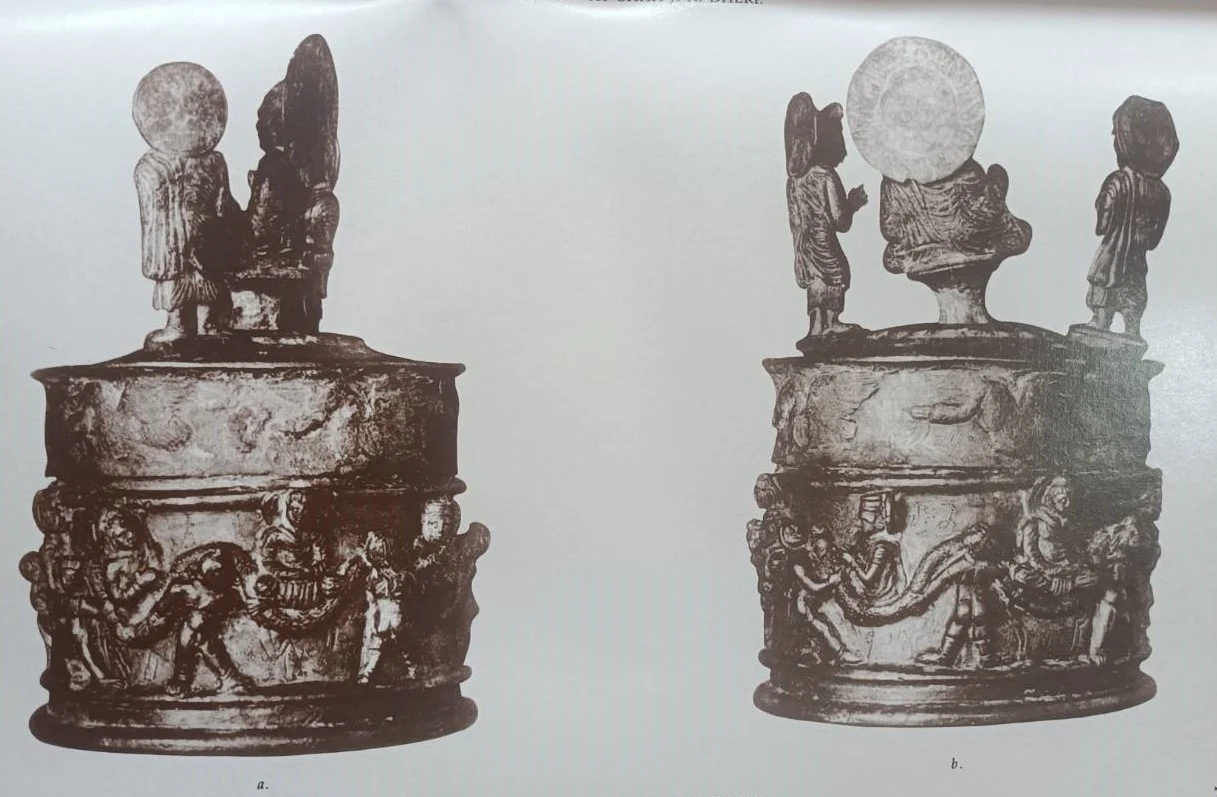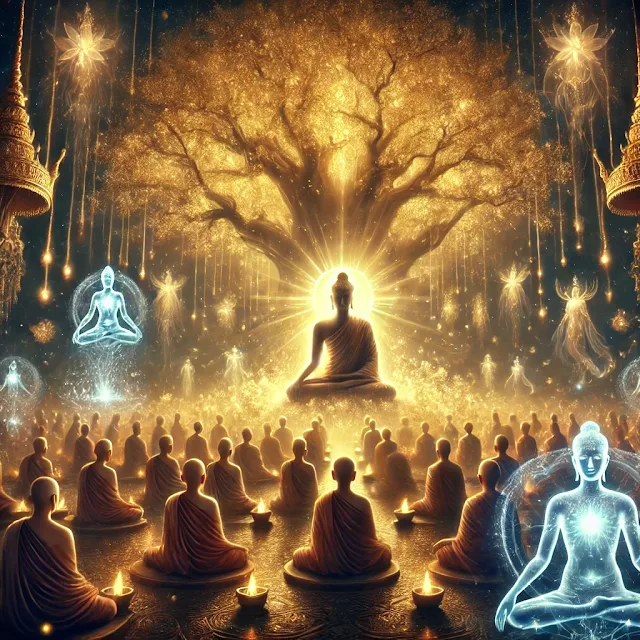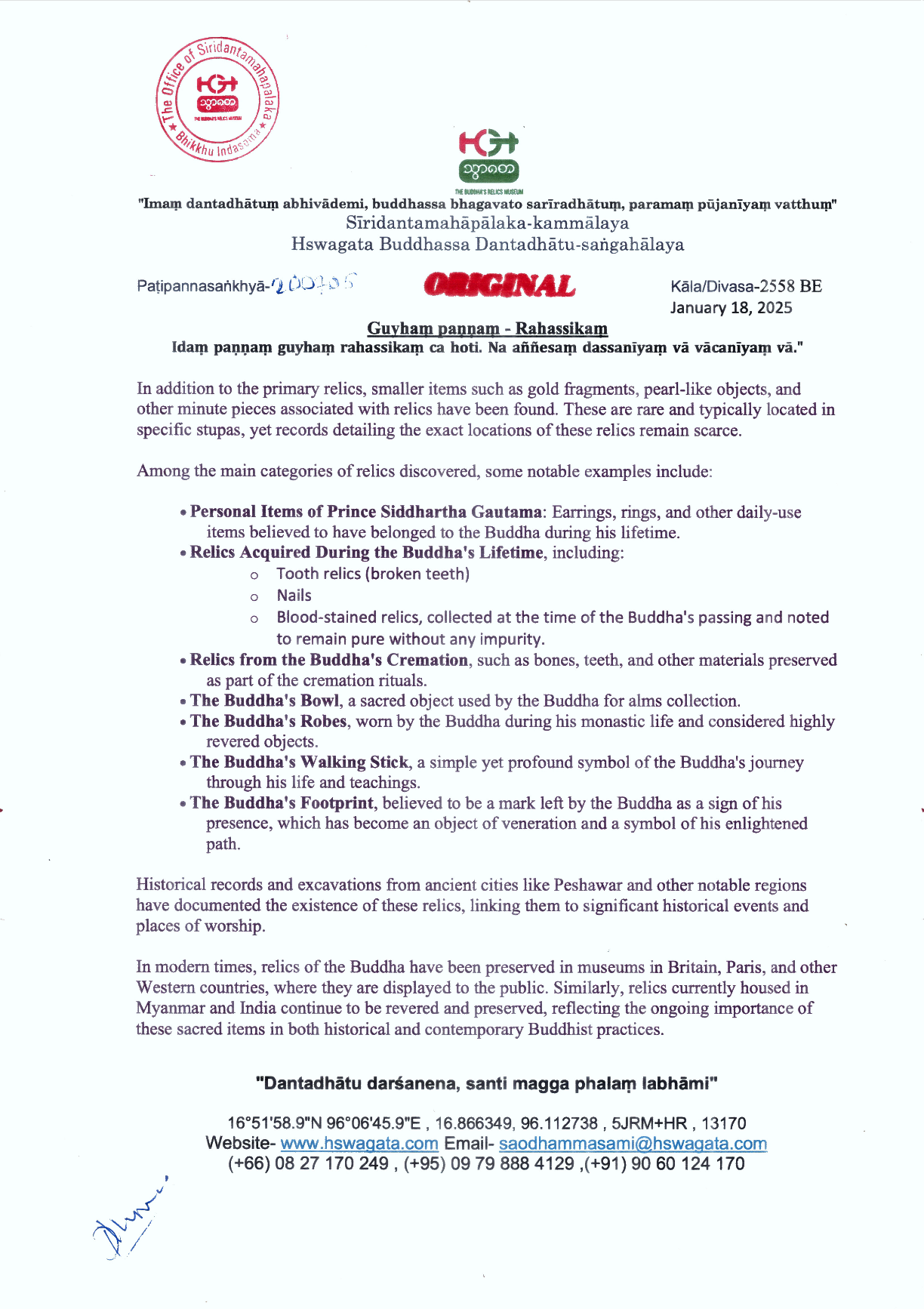Abstract
This article examines the historical evolution, cultural significance, and enduring legacy of the Kissanapath Monastery, established in the 11th century by Atissaraka (1008–1064). Tracing its tumultuous history through invasions, natural disasters, and restorative efforts, the study explores the monastery’s role in housing sacred Buddha relics and its importance within the Gelugpa tradition. Emphasis is placed on the interplay of preservation, spiritual practice, and historical memory as the monastery navigated the challenges of colonial and post-colonial eras.
Introduction
The Kissanapath Monastery, situated amidst the rugged terrain of the Himalayas, stands as a testament to the resilience of Buddhist heritage. Founded in the 11th century by the renowned abbot Atissaraka, the monastery’s history reflects the interplay of spiritual devotion, political upheaval, and environmental challenges. Over centuries, the monastery has been a custodian of two sacred robes and other relics tied to the Buddha and King Suddhodana, lending it immense religious and cultural significance.
This article delves into the intricate tapestry of events that shaped the Kissanapath Monastery, from its destruction under Mongol invasions during the reign of the Fifth Dalai Lama to restoration efforts in the 20th century. It further examines the monastery’s murals, artifacts, and evolving role within the Gelugpa sect alongside sister monasteries such as Siri Pattavihara and Galyasiri Vihara.
Historical Evolution and Significance
The monastery’s establishment in the 11th century marked a significant phase in the dissemination of Buddhist practice in the region. Atissaraka’s vision for the monastery was deeply rooted in preserving sacred relics, including robes once offered by King Suddhodana to the Buddha. These robes, entwined with narratives of spiritual attainment, symbolize milestones in Buddhist teachings, inspiring adherents to this day.
During the mid-17th century, the Mongol invasions led by allies of the Fifth Dalai Lama caused extensive damage to the monastery, a pattern repeated in subsequent centuries. The Dogra army’s incursions in 1841 under Ghulam and Rahim Khan, coupled with natural calamities such as fires in the 1840s and an earthquake in 1975, further tested the resilience of this spiritual haven. However, restoration efforts spearheaded by the Archaeological Survey of India and local authorities revitalized the structure, ensuring its survival for future generations.
Religious Artifacts and Practices
Among the treasures housed in Kissanapath Monastery are murals depicting pivotal moments, such as King Suddhodana offering robes to the Buddha. The monastery’s architecture—a three-story structure with an underground chamber for preserving relics—is a hallmark of Buddhist monastic design. The Tansong chamber’s gilded murals and the assembly hall’s detailed adornments reflect the artistic and devotional zeal of its patrons.
The relics housed here have a storied past, with King Suddhodana’s re-offerings of robes symbolizing progressive spiritual attainments. These narratives underscore the monastery’s role in perpetuating the Buddha’s teachings, acting as a bridge between ancient traditions and contemporary practice.
Conclusion
The Kissanapath Monastery is said to have been founded in the 11th century by the renowned abbot Atissaraka (1008–1064). In the mid-17th century, during the reign of the Fifth Dalai Lama, the monastery suffered destruction at the hands of the Mongols. Around 1821, conflicts erupted between the Ladakh and Kullu clans. In 1841, the Dogra army under Ghulam Khan and Rahim Khan inflicted severe destruction on the monastery. Later that year, the Sikh community also faced attacks. During the 1840s, the monastery was damaged by fire, and in 1975, it was struck by a severe earthquake. Restoration efforts were carried out with the support of the Archaeological Survey of India and the State Public Works Department.
The walls of the monastery are adorned with mural paintings depicting King Suddhodana offering robes. The Kissanapath Monastery houses a collection of ancient murals, Buddha images, and books. The three-story structure's most significant area is the underground chamber, used to preserve two sacred robes and other relics. A chamber known as “Tansong” is decorated with gilded mural paintings. The ground floor features a beautifully adorned assembly hall and quarters for numerous monks.
The monastery is now part of the Gelugpa sect, alongside the Siri Pattavihara Monastery and the Galyasiri Vihara Monastery. The sacred robes were personally sewn by King Suddhodana when inviting his son, the Buddha. He offered the first set of robes to his son as a royal gift. Following this, the Buddha preached the verses starting with Uttithe Napapajeya, which inspired King Suddhodana to reach the state of Sotapanna (Stream-Enterer).
The Buddha wore the first robe for three days before relinquishing it as a royal offering to the Dhamma. King Suddhodana later re-sewed the robe and reoffered it to the Buddha. The Buddha then preached the verses beginning with Dhammanca Upasama, inspiring the King to attain Sakadagami (Once-Returner). The Buddha wore this robe until receiving the Ayusankha robe offered by Nakula’s parents.
During King Udayabhadda’s reign, the monk Saratta discreetly carried two sacred robes. These robes, hidden from history for centuries, were later discovered to be housed in the Kissanapath Monastery built by Atissaraka in the 11th century. It was later learned that the Fifth Dalai Lama, with the help of the Mongols, attempted to retrieve these robes. In 1821 and 1841, further attempts were made from various locations to seize the sacred robes and other relics.
The Kissanapath Monastery stands as an enduring symbol of faith, resilience, and cultural heritage. Its history, marked by periods of devastation and renewal, offers valuable insights into the dynamic interplay of religion, politics, and cultural preservation. As a custodian of sacred relics and a beacon of spiritual practice, the monastery’s legacy continues to inspire devotion and scholarly inquiry.
Sao Dhammasami
Research Scholar /Author






















